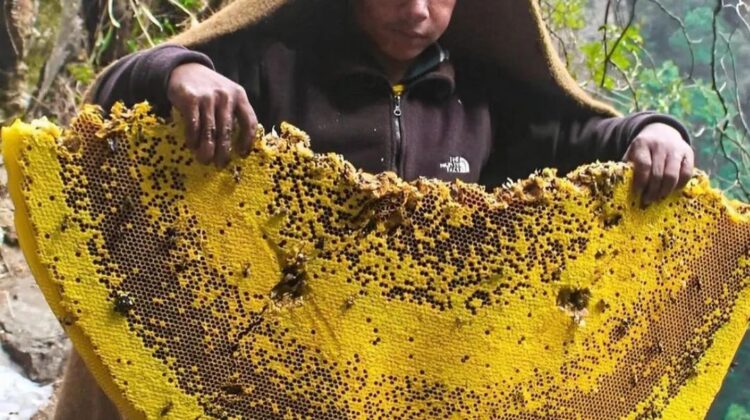
Locals in China, India, and Nepal put their lives in danger to obtain the golden liquid that drips from very specific hives deep in the Himalayan forest. Because of its unique properties, this honey is known as “mad honey” and is widely desirable around the world.
When the world’s largest bee (just over 3cm long) scavenges pollen from Rhododendron flowers, honey from the Himalayan cliff bee (Apis dorsata laboriosa) results. The flowers, which are normally highly poisonous to humans, are available to the highland species. Because its habitat in the Himalayan Mountains is largely undisturbed, the bee’s genes have undergone little change.
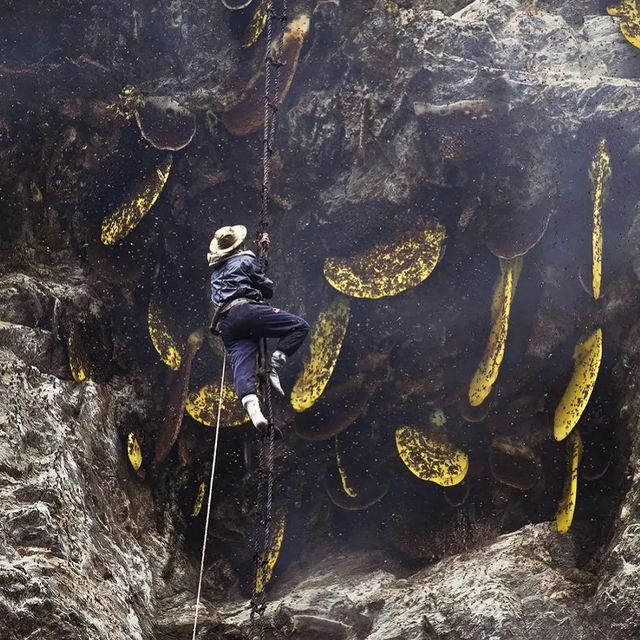
However, even mountain residents with a knack for climbing would struggle to collect honey from the “mad honey” hives. The Cliff Bee typically builds very large nests under overhangs on the south-western faces of vertical cliffs that are located at elevations of between 2,500 and 3,000 m (8,200 and 9,800 ft).
Nevertheless, the products of this Himalayan honeybee are worth more than gold. Grayanotoxins, which are found in many Rhododendron species, are known to be toxic to humans; however, honey made from the same flower has some pretty potent effects on the average Joe or Jane.
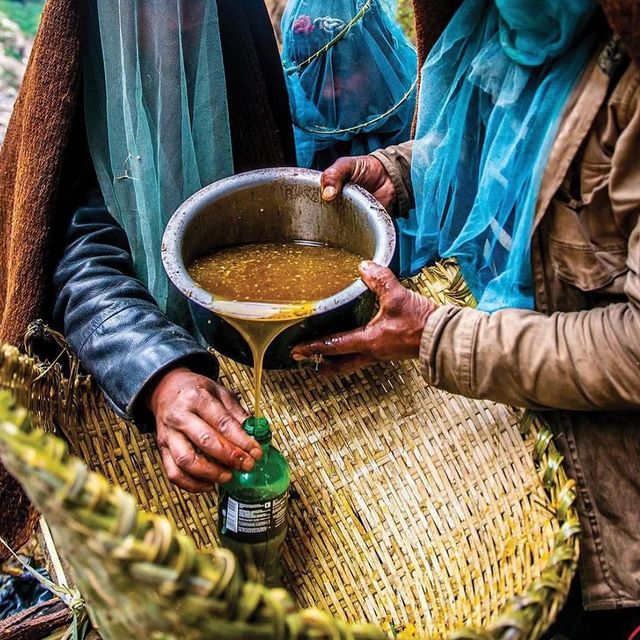
In addition to being associated with many therapeutic benefits, “mad honey” is well known for being a potent hallucinogen and recreational drug. When taken in small doses, the honey is believed to be effective in treating everything from diabetes and hypertension to poor sexual performance. However, it can be extremely toxic and even fatal in high doses. According to legend, the local yogis were like medicine men who could give the right dose to people seeking the flower’s more desirable characteristics without risking their lives by ingesting the honey.
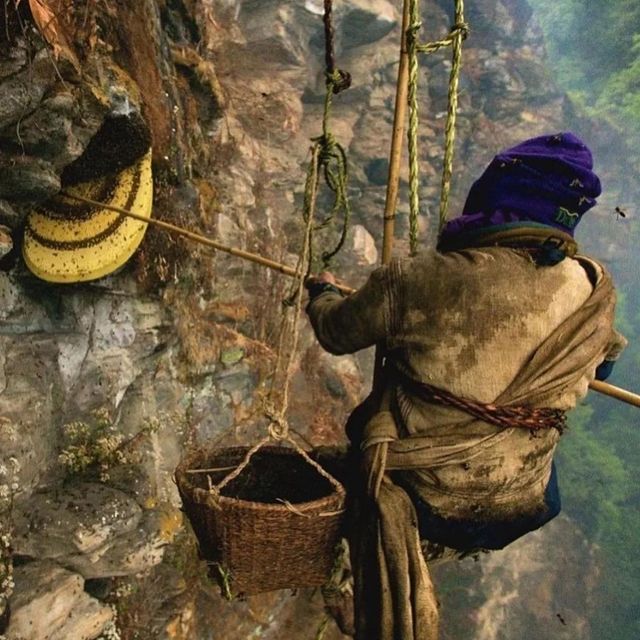
The honey is intoxicating in small doses, causing a relaxed feeling as well as a pleasurable dizziness and tingling sensation. It can be hallucinogenic in slightly higher doses, though there isn’t much research on its effects in the scientific community. Mad honey can, however, lead to rhododendron poisoning (also known as honey intoxication), which is characterized by vomiting, progressive muscle wasting, and irregular heartbeats, when taken in higher doses.
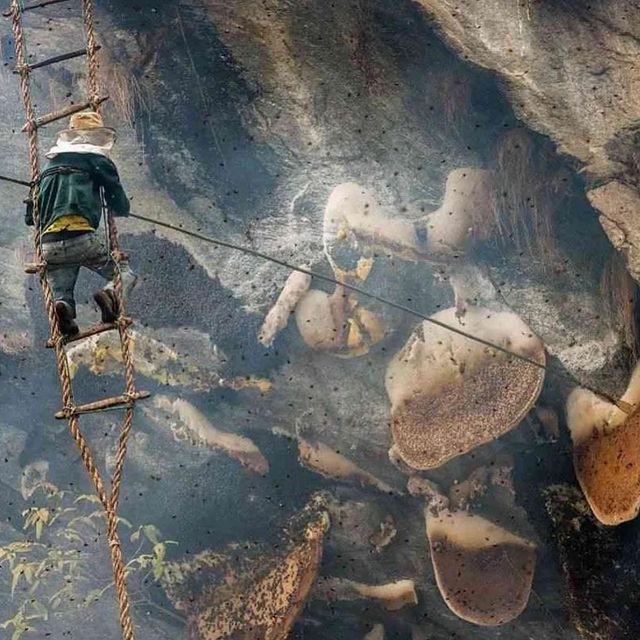

Can it be bought in the U.S.?
It’s fairly easy to get I’ve heard. I guess google. But knowing portions can be tricky. Too much can ruin your day, to say the least.